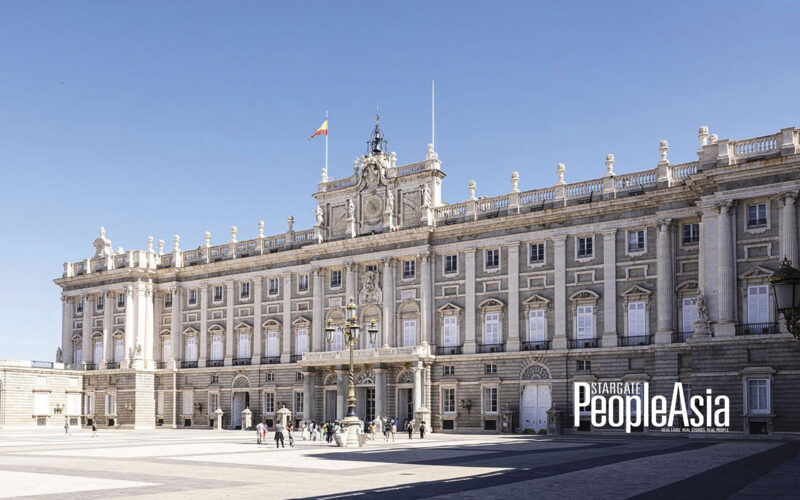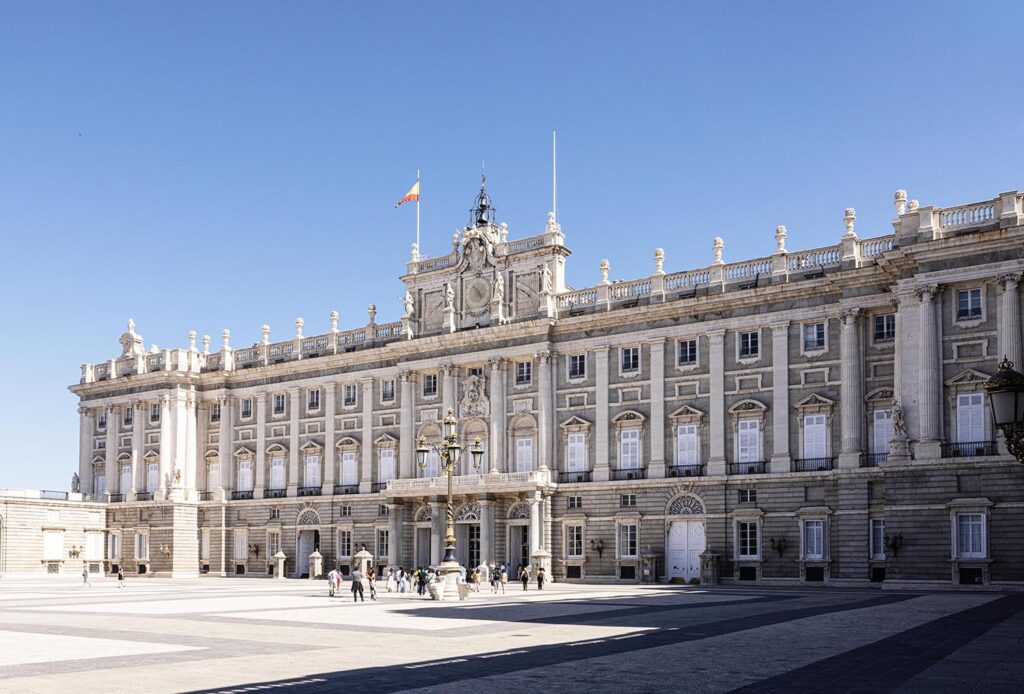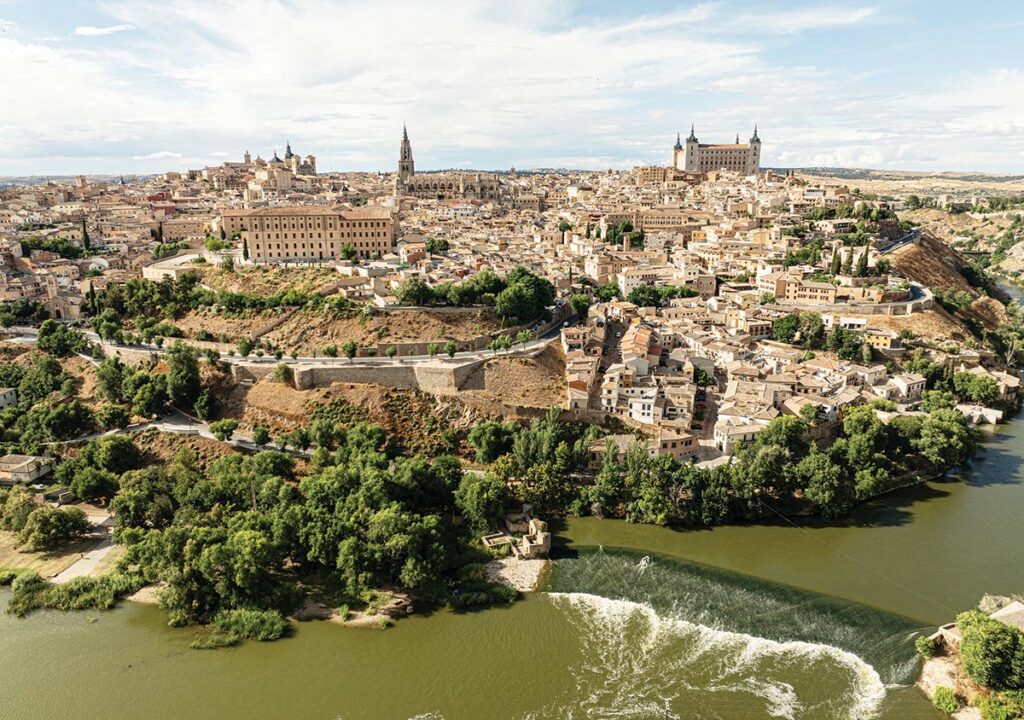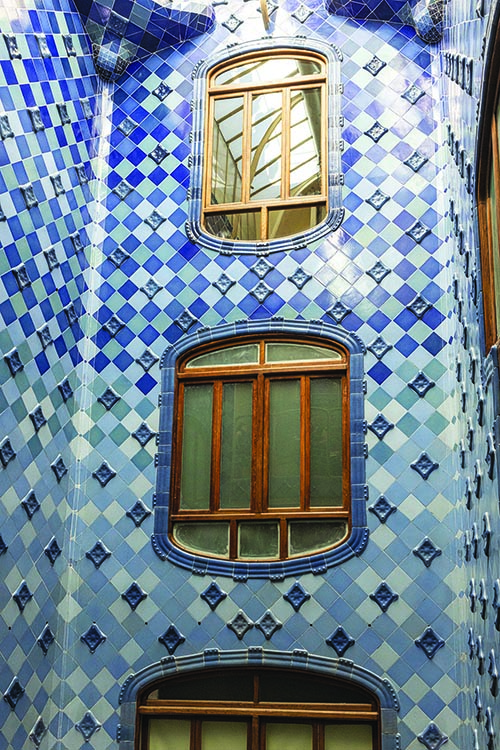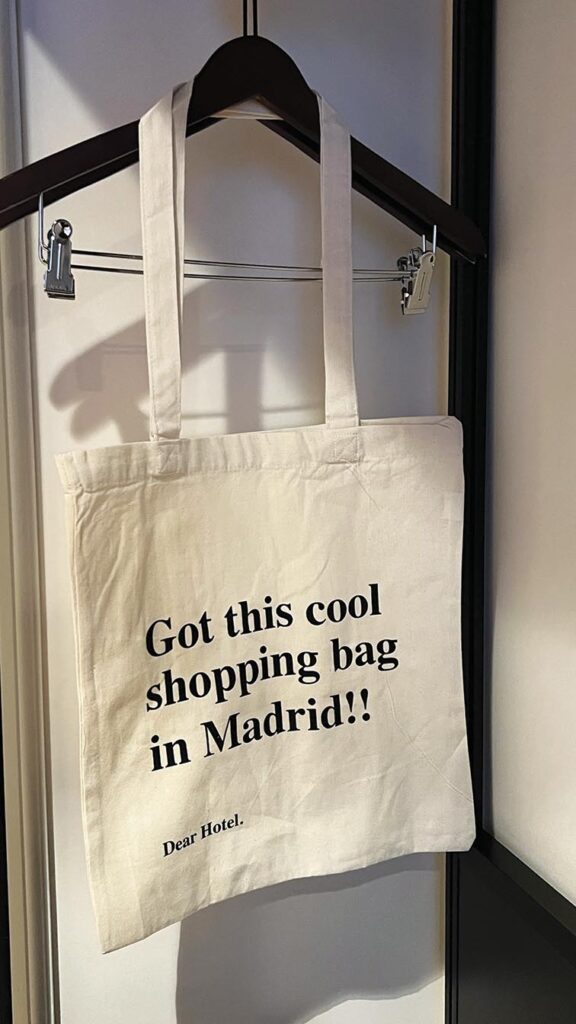From its impressive architecture and rich history to its laidback lifestyle that starts late in the afternoon and extends joyously into the night, Spain’s beauty is so much more than what meets the eye.
Text and photos by JAR CONCENGCO
A first timer’s trip to Spain must include a visit not only to its capital, Madrid, but also the capital of the Catalonia region, Barcelona. The two cities offer varying glimpses of the country on the Iberian peninsula — Madrid is set in the central, arid plains of the country, while Barcelona lies on the northwest corner along the Mediterranean coast.
Madrid
When staying in Madrid for the first time, it’s important to station yourself in a central location. A good start would be along Gran Vía, which is a large shopping street dotted with theaters akin to New York’s Broadway. Stay at Dear Hotel across Plaza España for easy access to the train and to the main attractions of the city. The rooms of the hotel are streamlined and minimalist, with a rooftop bar and swimming pool perfect for those hot summer days.
Across the street is another rooftop bar that boasts a 360-degree view of Madrid from high above. The 360° Rooftop Bar atop Riu Plaza España can get quite crowded — there’s a queue to enter the elevators and another queue to have a seat on the rooftop. The bar is located on the 27th floor, and if you made reservations, you can enjoy your drink here with panoramic windows of Madrid before heading up to the terrace. The best time to go there is during sunset, when the golden rays of the sun hit the terracotta Spanish tiles of the old buildings below.
Madrid is also a great place to soak in some of Spain’s culture and history. It’s where the Royal Palace is located — the largest palace in western Europe (even bigger than Versailles).
One must remember that the Spanish Empire was one of the largest in all of history back at its peak in the 1700s. Here, you get to experience the grandeur of how royalty lived back then with rooms carefully preserved.
From the grand staircase that has an awe-inspiring ceiling fresco by Italian Rococo artist Corrado Giaquinto, to the ornate and intricate chambers of Charles III called Gasparini Hall (after the room’s decorator Mattia Gasparini). The Gala Dining Room has an impressive 30-meter long table that can accommodate 140 people. If you look at the ceiling among the plasterwork and frescoes of Greek mythology, you can find one artwork that has the word “Filipinas” written on it, as it was one of its colonies at the time.
The Museo del Prado houses some of the most important art in the world and offers a window into the lives of the royals. Las Meninas by Diego Velázquez creates almost an Inception-like painting of a painter painting the King and Queen but at the same time including a candid scene of Infanta Margaret Theresa, her maids of honor and two dwarves. The painting is highly enigmatic and has been analyzed for centuries. Although the museum does not allow any type of photography on the premises (except for a room near the entrance), your brain works overtime to mentally retain everything that you see.
Book a seat at Teatro Flamenco Madrid and watch a passionate performance of Spain’s traditional dance called Flamenco. A solo guitarist provides a melody while clapping, slapping of the lap, and stomping of the feet provide the percussion and beats. The singing is full of melismas that bring to mind Arab influences.
Take a leisurely stroll in El Retiro Park, a 142-hectare public green space of the city. Walk to the center where Palacio de Cristal stands, in front of a pond with swans and ducks. This beautiful orangery was built in 1887 by architect Ricardo Velasquez Bosco originally for The 1877 Philippines Exposition. It rises 24 meters high and uses 2,500 square meters of glass.
In the 1887 exposition, they showcased many things from the Philippines such as a collection of Juan Luna’s paintings, even a “human zoo” of 43 Igorot people, four of whom, sadly, died during the exhibition due to poor living conditions. In recent years it has functioned as a museum, but currently as of writing, it is closed.
Shopping for souvenirs shouldn’t be limited to purchasing from street side kiosks selling keychains and shirts bearing the city’s name. Instead pursue artisanal items made by local artists and craftsmen to bring home a piece of Spain.
Go to Cocol and find ceramics made in Talavera or wool blankets from Cádiz and baskets from Galicia, Jaén and others. El Moderno Concept Store carries many design brands, but head to the back of the store for a selection of prints of Madrid vignettes painted by local artists.

Mercado de Cebada is a less crowded marketplace and less touristy (which means that it is also less expensive). Here you can find Spanish food products such as tinned sardines, vacuum-packed jamón Ibérico slices, and bottles of vermouth. In the Chueca neighborhood, a brick building houses local brand Ecoalf — a sustainable and green brand of clothing that uses recycled cotton and plastic bottles.
If you have time, seek out the cookies that nuns make in Monasterio del Corpus Christi las Carboneras near Plaza del Conde de Miranda. You approach an ornate wooden door and ring the bell during their business hours. The door will unlock and you enter into a long corridor, pass a courtyard and approach a window on a wall that has a swinging shelf. You shout your order, place your money on the shelf (they only accept cash) and the shelf will turn bearing your order. The cookies are delicious, and all profits go to funding the monastery.
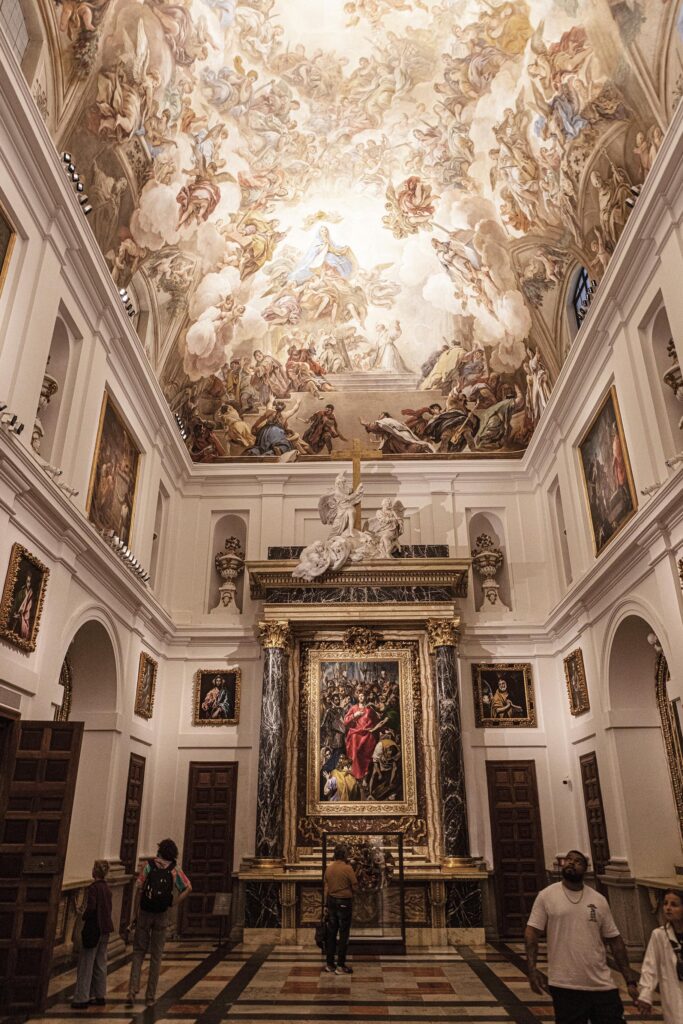
Toledo
To see a little more of the deep history of the country, you might need to drive a little outside of Madrid into Toledo. Toledo is known as a city that had Christians, Jews and Muslims coexist for centuries. You can find buildings with Moorish architecture, and two synagogues stand intact up to this day. Here you will bear witness to olden times, through labyrinthine streets of cobblestone and patinated walls full of history.

Barcelona
A first class Iryo train ride to Barcelona will take you three hours on a scenic route with a hearty meal by Haizea Gastronomy. In Barcelona, stay in Condes de Barcelona Hotel right along Passeig de Gracia — a street that rivals Champs-Élysées in Paris — with all the major fashion labels present, including homegrown brand Loewe.
An inescapable and defining fixture of the coastal city is the work of architect Antoni Gaudí. La Sagrada Familia is not only the most popular attraction of the city, but it will be the tallest once the Tower of Jesus Christ is completed in 2026 (the 100th death anniversary of Gaudí). This tower in turn will make it the tallest basilica in the world standing at 172.5 meters. The church’s architecture will be of interest even for the non-devout with its columns the shape of femurs and the spectrum of light that enters through the stained-glass windows. It’s also nice to know that the giant clam shell fonts for holy water stationed near the entrances were a gift from the Philippines back in 2010.
Along Passeig de Gracia, more of Gaudí’s work can be seen. He designed two houses for affluent families — Casa Milà and Casa Batlló — but even the street that you walk on is lined with tiles that he designed. Casa Milà offers a night tour with a light show and gives a new perspective of seeing the house’s design. You climb up to the rooftop and they project lights onto the sculptural chimneys.

You can also take a little detour off Passeig de Gracia and hop into a garage converted into a country home restaurant called Baldomero. It’s a charming space with dusty pink walls and rustic furniture. For breakfast and brunch, they offer pastries and coffee. For lunch, they have a buffet of home-cooked meals.
In Spain, good tapas are always just around the corner. Vivo Tapas, for one, is a chic restaurant along Carrer del Roselló where you can order elevated tapas such as Andalusian-style squid with ink tempura and wasabi mayonnaise, and their anchovy on toast (a staple in many tapas restaurants) is given a zingy twist with orange segments. Wash this all down with a clara — a refreshing summer drink made of beer and lemonade.
Nearby, tapas bar Sense Seny along Carrer de Mallorca is a more casual affair with tasty small plates and fantastic service. Their Royal Sliders with beef tenderloin, foie gras and apricot jam were a highlight together with their mushroom wontons and truffle mayo.
Design lovers will want to visit Galeria Santa & Cole for a dose of art, furniture and lighting design. One of Santa & Cole’s most popular items is a portable lamp called the Cesta lamp, designed by Miguel Milà back in 1962.
A trip to Palau de la Música Catalana (listed as a World Heritage Site by UNESCO) will have you in awe of the modernist architecture of Lluís Domènech i Montaner. A drooping ceiling made of stained glass is the centerpiece and light source of the theater. Step outside onto the terrace and you’ll notice a balcony with a double colonnade made of colorful mosaic tiles. You can also enjoy a cup of coffee and pastries at the foyer that has brick arches and a ceiling decorated with ceramic flowers.
From towers to tapas, palaces to pastries, life is good in Spain.

